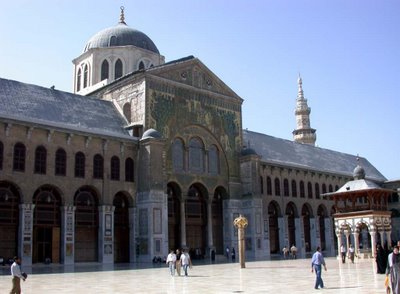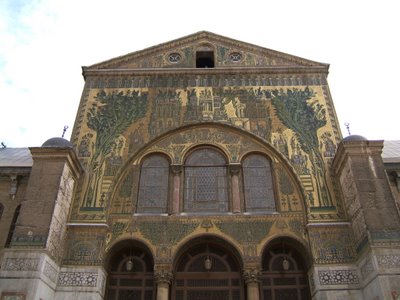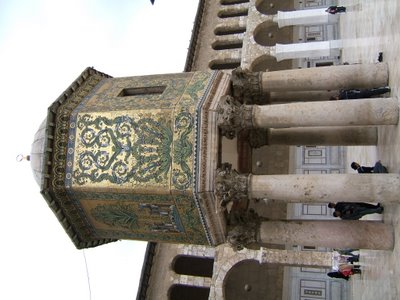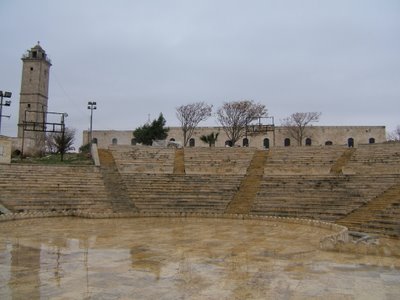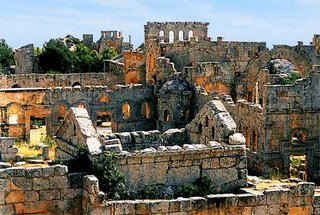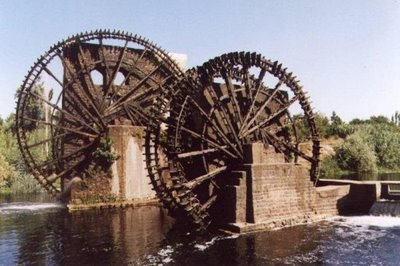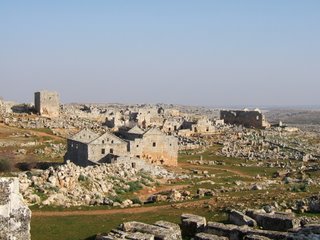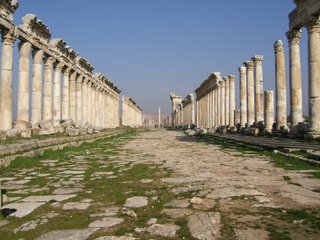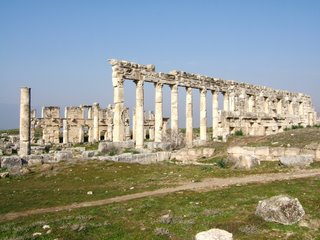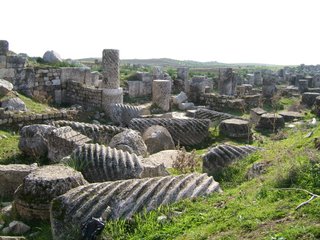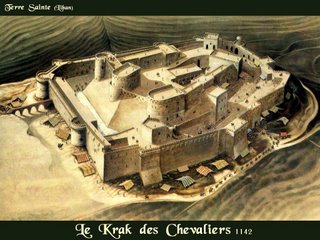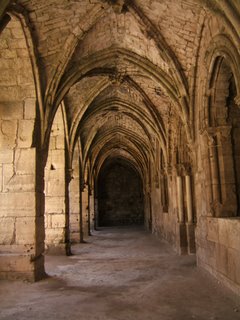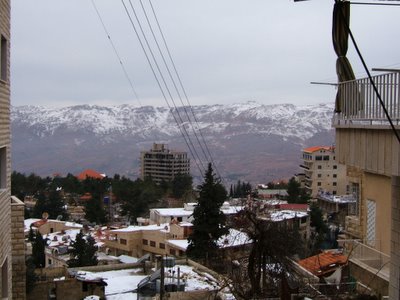Anyway, it’s all over now. I’d like to share some of the lessons we’ve learnt from the trip. Most of it is common sense, but pretty easy to overlook:
- Always keep photocopies of all your important travel documents (passport, flight ticket, etc.). This saved us even more hassle. Another good tip that a friend gave me is to scan your documents and email them to yourself. That way you can easily send them on or make extra copies as required.
- Be contactable. Try and keep a local mobile phone number, the phone number of the place you’re staying as well as that of a friend. Also, note down the contact details of your national embassy in the country you are visiting.
- In case of emergency, have some back home who can transfer money to you or help you in any other way.
- Even if you’re travelling in a group and one person is carrying most of the money, give each person at least enough cash to get back to where you’re staying.
- If you’re planning on taking travellers’ cheques with you, make sure that wherever you’re heading they can be easily replaced in case they are lost/stolen (it’s best to ask the company issuing the TCs directly). Write down the cheque numbers and keep this paper in a safe place.
- Plan a rough itinerary, so you at least have an idea of where you can stay and what to visit in each of the places you’re going to visit. It’s easy to do this with the help of a guidebook.
- Whilst you’re looking in the guidebook, check the climate and pack appropriately. I didn’t and froze in Damascus.
- If you’re a student, take an ISIC card with you.
- Take some basic meds with you, just in case you fall ill (diarrhoeal meds, throat lozenges, anti-histamines and anything else appropriate to your destination).
- Don’t underestimate the kindness and helpfulness of strangers. If you’re not dealing with someone whose livelihood depends on tourism or you’re not in a solely touristic city, it’s usually safe to trust people. And if you’re ever lost, ask a local for help!
